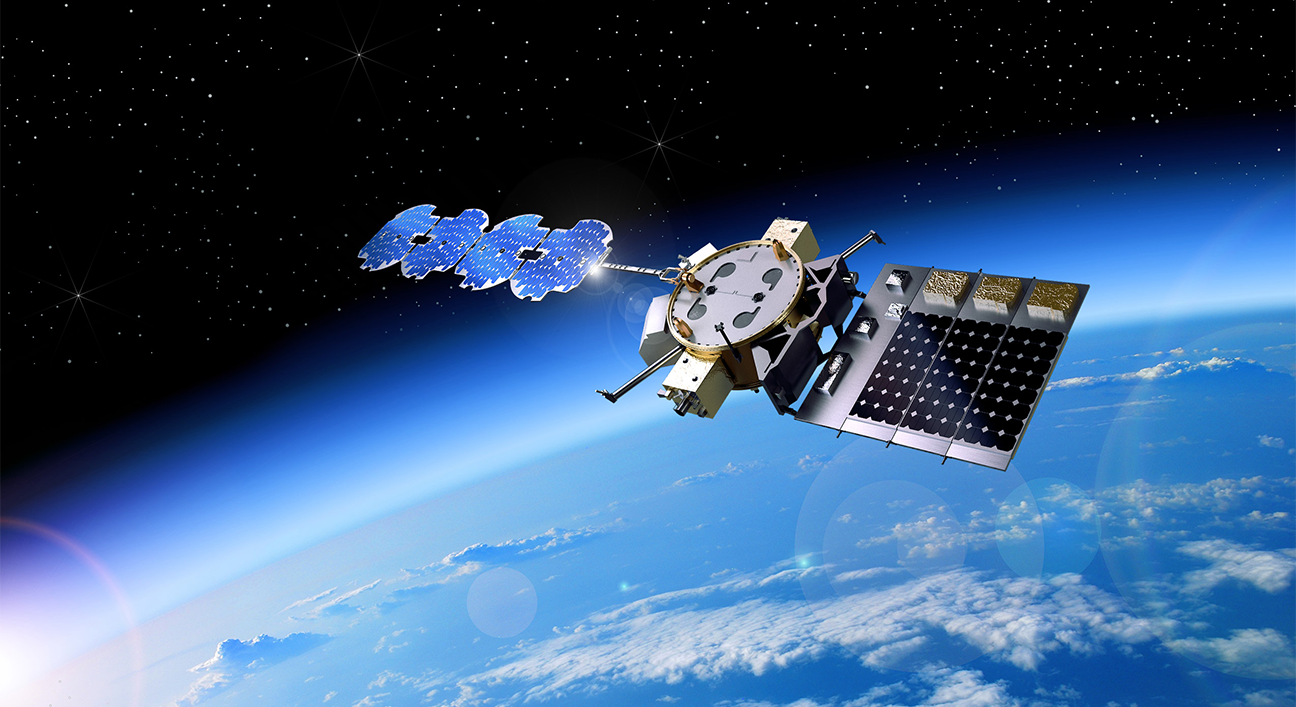ARACHNE
SPACE SOLAR POWER INCREMENTAL DEMONSTRATIONS AND RESEARCH PROJECT (SSPIDR)
What is it?
Arachne is the keystone flight experiment in the Air Force Research Laboratory’s SSPIDR project, which aims to prove and mature essential technologies for a prototype space-based solar power transmission system capable of powering a Forward Operating Base. This series of incremental demonstrations will target the maturation of critical technology elements that AFRL has identified as necessary for achieving a large-scale solar power transmission system. In support of the SSPIDR mission, Arachne will demonstrate and mature technologies related to more efficient energy generation, radio frequency forming, and RF beam beaming.
Arachne will use a commoditized ESPAStar platform for the spacecraft “bus.” This bus offers six ports for various payloads, with Arachne’s main payload, the Space Solar Power RF Integrated Tile Experiment using four slots. SSPRITE, currently under development, will feature a deployable structure populated with an array of “sandwich tiles,” comprising photovoltaics to collect solar energy, RF tiles to emit RF energy, and support electronics to enable the solar-to-RF conversion.

Artist’s rendering of the Air Force Research Laboratory’s Arachne flight experiment on orbit. (Image/AFRL)
How Does It Work?
Arachne will serve as the first free-flying flight experiment needed to mature critical technologies deemed essential to building an operational solar power transmission system. These critical technologies include Energy Generation, RF Beaming, and Metrology – or the capability to form and focus the RF beam. Arachne will test different aspects of the power collection, conversion, and transmission across a wide range of spacecraft orientations with respect to the sun and the earth. The data collected will ultimately help inform the design of the large-scale system.
Solar energy will be collected by Arachne using high-efficiency solar photovoltaic cells, then converted to RF energy using the revolutionary sandwich tile, and beamed to a receiving station on the ground. The energy is then collected by a rectifying antenna or “rectenna” that will rectify and convert the RF into usable power for use by U.S. warfighters or other end users. These sandwich tiles are a game changer since the ability to collect, convert, and beam the energy to the ground is contained in one component. This all-in-one approach eliminates the need for heavy power banks and provides the opportunity to scale this technology to support the large-scale system needed to power FOBs.
Why Is It Important?
One of the most dangerous parts of ground operations is ensuring that a FOB receives power, a feat usually accomplished via convoys and supply lines, which become major targets for adversaries. To use this new system, service members would simply set up a rectenna and then have access to power, eliminating these costly and dangerous convoys. Essentially, AFRL is enabling the relocation of those supply lines to space, which could save countless lives. Arachne is one of the steps towards this goal, which ultimately delivers a technology that benefits our nation’s warfighters.
This technology could be a highly valued asset in the commercial sector as well. Much like the Global Positioning System or GPS, which started out as a military asset and transitioned to a technology that people around the world use every day, this solar power beaming system could transition to common use, providing solar energy to people regardless of weather, time of day or location.
Acronym References
- Forward Operating Base (FOB)
- Radio frequency (RF)
- Evolved Expendable Launch Vehicle (EELV)
- EELV Secondary Payload Adapter (ESPA)
- Space Solar Power RF Integrated Tile Experiment (SSPRITE)
